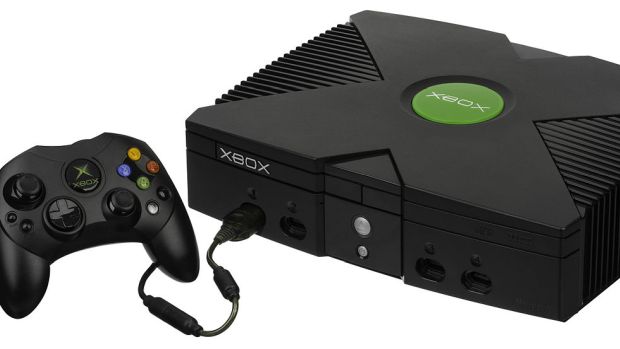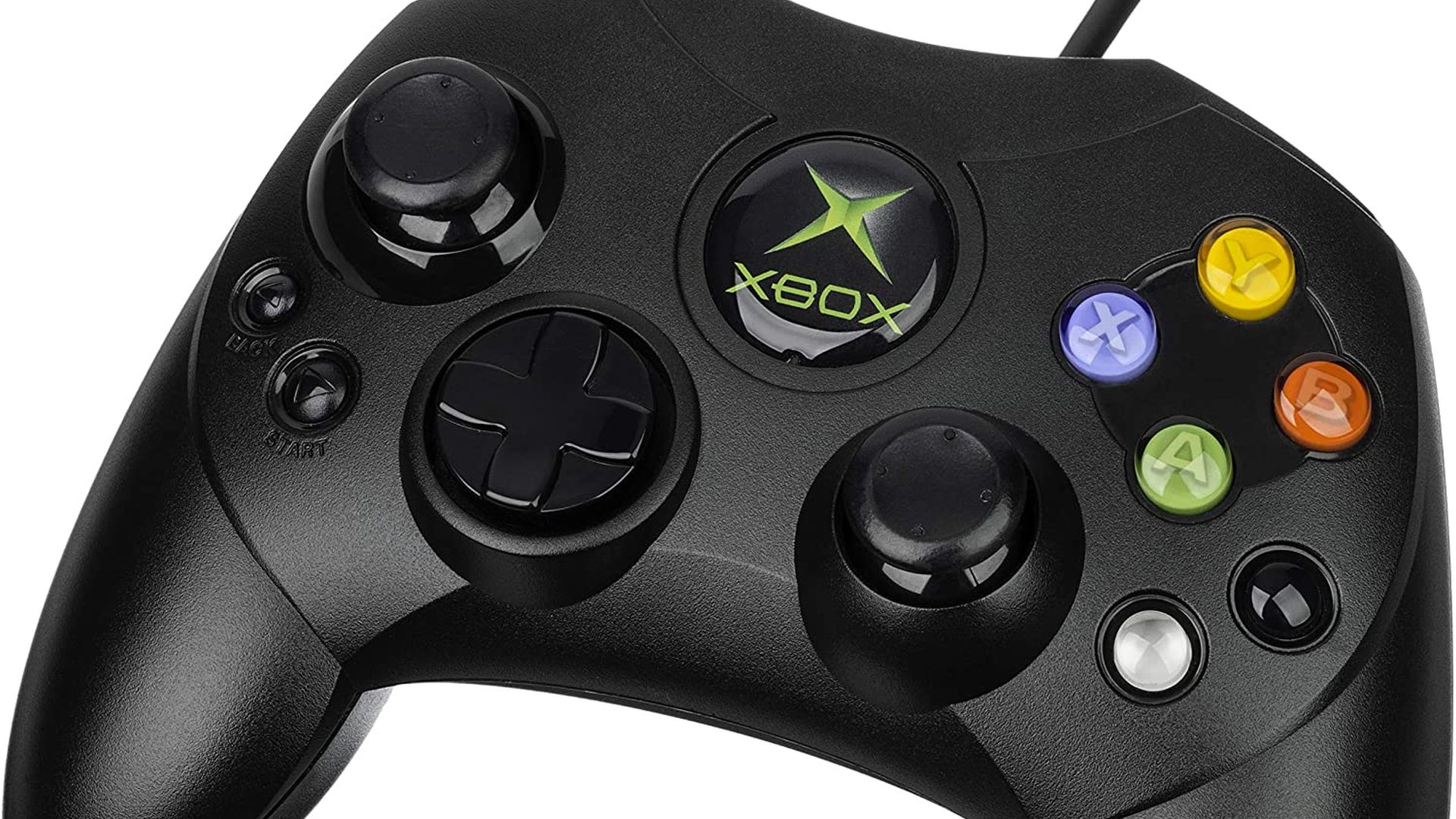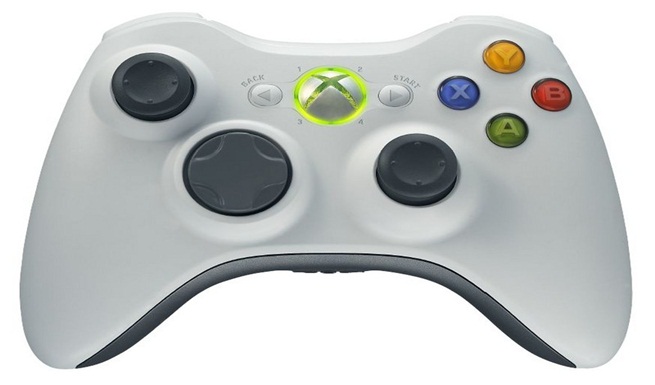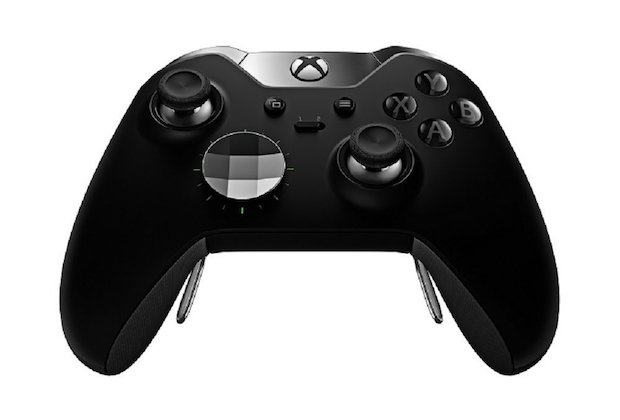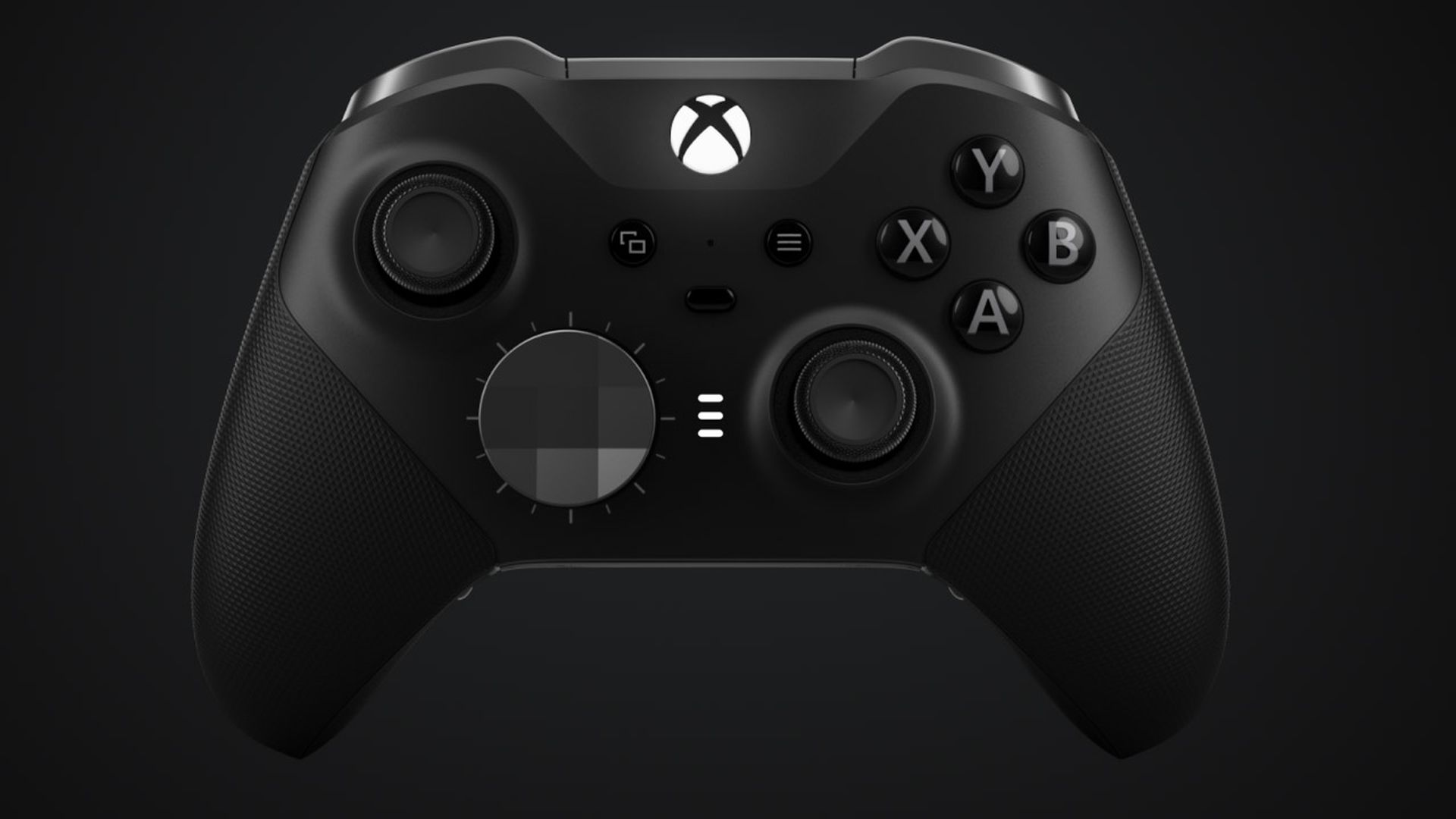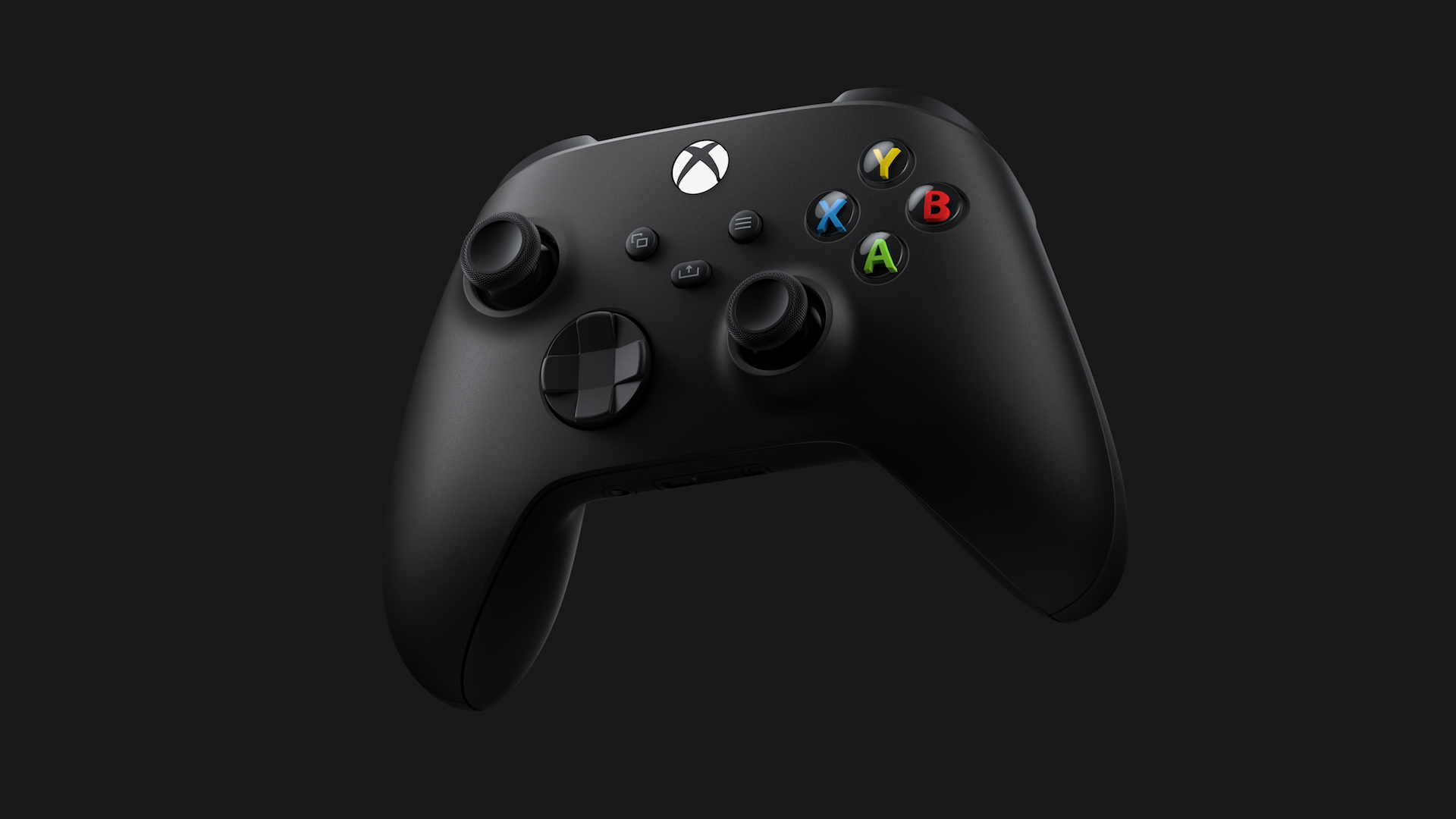
The late 90s were a harrowing time. Fresh off the success of the PlayStation One, Sony were already making plans for the PlayStation 2 to also dominate the market. The Nintendo 64 was at the end of its life cycle with the company shifting away from cartridges for in the GameCube. Sega’s Dreamcast was still a thing but facing severe issues due to a lack of advertising and support, not to mention general disagreement among company executives. We all know what happened though – Sega would discontinue the console and bow out of the hardware market entirely in March 2001.
However, slightly before that, an unlikely competitor appeared. After years of rumors, Microsoft finally announced its console gaming plans and revealed the Xbox prototype at GDC 2020. While there’s a lot to say about the console’s development history, we’re going to focus on the controller which also debuted at GDC. Put simply, it was horrible.
Let’s back up a bit though. The Xbox controller was designed by developer Seamus Blackley and given the nickname “Duke” by hardware project manager Brett Schnepf. However, it would be its other nickname, “Fatty”, which would stand out a lot more on release. Despite several similarities with the DualShock 2 (like rumble support), the Xbox controller had a number of unique features. Along with the standard four face buttons, fashioned after Nintendo’s X, Y, A and B button setup, the console had two more buttons sitting above them – one black, the other white.
There were Start and Select buttons but these were placed near the bottom of the controller, right between the digital D-Pad and right analog stick. The left analog stick was instead positioned to the far left edge and in the middle was a massive emblem with the Xbox name and logo in black and green. Two triggers rested on the back with no shoulder bumpers. One neat feature was the controller’s cable having dongles that could break away, mitigating any danger that tripping would have caused for the console.
Overall, the design of the Xbox controller was weird when compared directly to the DualShock 2 but not completely out of this world. The real problem was its size and build. It was massive, about three times that of Sony’s controller, and seemed more suited to large hands (and even then, it was pushing its luck). According to Blackley, the disdain for the controller was such that he “had things thrown at me on stage.” The build quality wasn’t much better, being viewed as cheap by different outlets.
A lot of the controller’s footprint was due to the circuit board design though. At the time, Microsoft wanted a folded and stacked design akin to the DualShock 2. Unfortunately, its supplier, Mitsumi Electric, refused and thus went with the Duke design. There was some redemption on the horizon though. When the Xbox came to Japan in February 2002, it sported the smaller, more comfortable Xbox Controller S (audiences in that region were spared of the Duke’s presence, for the better). Microsoft would eventually bring the Controller S to Western audiences, replacing the original Duke in standard packages by 2002 in the US and 2003 in Europe.
The Controller S had a much more positive response and it’s easy to see why. Besides the more compact design, the Xbox Controller S sports a much less obnoxious Xbox emblem on the front, smaller handles, re-positioned black and white buttons, and the lack of a big gulf between the D-pad and right analog stick. Though the placement of the Start and Select buttons was strange, situated to the bottom of the left analog stick, the Controller S felt better to hold and use. The Duke still remained an option for those who wanted it but the Controller S was the new standard.
Microsoft recognized this as it prepared for the next console generation. Thanks to the advantage of launching the Xbox 360 one year before the PlayStation 3 (which had other unfortunate consequences for the console’s quality), it didn’t falter when it came to the controller. Taking many design notes from the Xbox Controller S, the Xbox 360 controller streamlines things further. The Xbox emblem on the front was gone, replaced with a smaller button with the Xbox Logo called the “Guide” button.
The black and white buttons were gone with the Select button being replaced by the Back button, which is now positioned next to the Guide button along with the Start button. Shoulder buttons were added though the layout in terms of face buttons, analog sticks, D-Pad and triggers was more or less the same as the Controller S. The Guide button was perhaps one of the better new additions. Besides opening up the new Guide menu – which allowed for messaging, voice chat and other functions without leaving the game – it would light up different sections of its ring when multiple controllers were connected. This helped denote player 1, player 2 and so on.
Microsoft also added a serial connector on the bottom on the controller, which could be used to attach a chat-pad, while the top sported a 2.5 mm TRS connector where headsets could be connected. The controller also had a wireless variant that worked with batteries or a rechargeable battery pack, but could still be connected to the console via USB cable.
All in all, the reception to the Xbox 360 controller – especially following the dismal Duke – was positive all-around. One nice added function of the controller was that it could be connected to one’s PC, which used the Microsoft XInput interface library for playing different titles. Whether it was known or not, this would have a significant impact on controller usage with PC games for years to come, providing a great controller solution to PC players everywhere that balanced quality with price.
In 2010, the Xbox 360 wireless controller received a variant design with the Play and Charge Kit. This allowed for switching out the D-pad and going with either the traditional plus-shaped design or the more circular shape. Though it didn’t seem like a big deal back in the day, this would be a precursor to the customization introduced in the Xbox Elite Wireless Controller. Other controllers with “transforming” D-pads would be released, usually as limited edition products for certain games like Gears of War, Call of Duty: Modern Warfare 3 and Halo 4. Why, especially when these games were more known for aiming with analog sticks? Well, why not?
So everything was going hunky dory for Microsoft, despite the Xbox 360 winding down in the number of high-profile exclusives and hardcore gaming titles at the end of its lifespan. Fortunately, the company was already prepping for the next generation of consoles.
Unfortunately, it would screw up the messaging for the Xbox One something fierce, outlining always-online functions, increased Kinect functionality and way too much emphasis on being an all-in-one media solution (before backtracking on almost everything just months before release). While the numerous problems with the console have been documented endlessly over the years, the Xbox One controller proved itself to be one of the most solid controllers till date.
The overall shape of the controller feels better thanks to changes in the grips, a more premium finish and curved bumpers and triggers. The button layout remained the same, right down to the D-pad – which was changed to a more traditional design for better performance in fighting games – and analog sticks.
Some notable differences include the Guide button being near the top of the controller and lacking the light-up quadrants that could distinguish other players; the removal of the Start and Select buttons in favor of the Menu and Guide buttons; and rumble motors within the triggers which could provide for specific feedback. One could essentially have a single trigger or both provide rumble feedback, allowing for some customization of the haptic feedback experience. It’s crazy to think that Microsoft spent over $100 million developing the Xbox One controller but the effort clearly shows.
Though Microsoft would provide a slight revision in 2015, with a headphone jack at the bottom and enabling wireless firmware updates, a much bigger variant was announced with the Xbox One Elite Wireless controller. Marketed as a premium device for the “elite gamer”, it sported an insane amount of customization.
It was possible to swap out the analog sticks and D-pad, featured interchangeable paddles on the back that could be assigned different button functions and “hair trigger locks” that reduced the distance required for presses. And if you really wanted to go crazy with the setup, it was possible to fully customize all the buttons, trigger and analog stick sensitivity, the whole works. You could even save two different profiles for buttons and switch between them when required.
Despite its high cost ($150 at launch), the Xbox Elite Wireless Controller was a pretty strong success. Interestingly, it faced a number of different issues upon launch like the build quality not being up to par, the bumpers not working properly and so on. Microsoft seemingly fixed these issues – or at least replaced the faulty controllers. This wouldn’t be the last time that an Elite Wireless Controller would be subject to hardware issues.
Less “elite” gamers weren’t left out in the cold that year, thankfully. A slightly less crazy revision of the default controller came in 2016, coinciding with the launch of the Xbox One S. The Model 1708 supported Bluetooth and textured grips which was nothing too drastic but provided decent improvements over an already stellar controller.
By 2018, leaks suggested that an Elite Wireless Controller Series 2 was on the way. The controller would be officially revealed at E3 2019 with a cost of $179.99. In terms of features, it went even further beyond than its predecessor, sporting an internal rechargeable battery with up to 40 hours of life, a rubberized grip that wrapped around the controller, more variety in the interchangeable thumb-sticks and paddles, a tool for adjusting the thumb-sticks, Bluetooth support and a USB-C connector. Better trigger grips, revamped bumpers, up to three custom profiles and one default profile that could be switched at will – Microsoft spared no expense to make the Elite Wireless Controller Series 2 stand out.
Which is a shame because after its launch in November 2019, some users began reporting a number of issues. Unresponsive face buttons, connectivity issues, drifting with the analog stick – it felt like the original Elite Wireless Controller all over again, except with the caveat of having to pay more. Microsoft was noted to be “actively investigating” issues with its teams and encouraged consumers to contact Xbox support. For the time being, at least, these issues seem to have been resolved and the Elite Series 2 remains one of the more popular accessories in the US market.
With the Xbox Series X releasing in holiday 2020, Microsoft has taken to implementing a number of the Elite Wireless Controller’s features into the base Xbox One controller. This includes the D-pad, which incorporates a deeper center for resting one’s thumb, and a more premium feel overall. The standard face buttons return along with two triggers and bumpers, though the triggers are more rounded this time. The signature guide button is no longer in its own separate section at the top but melded into the rest of the controller.
In terms of ergonomics, the grips are more sculpted. The overall size was created with an eight-year old’s hands in mind to allow for a wider selection of players to comfortably use it. Throw in support for Bluetooth Low Energy to pair with mobile devices and other hardware (while also remembering the different devices it pairs with) along with a USB-C port for charging. Finally, there’s the Share button just beneath the View and Menu buttons for capturing and sharing screenshots and clips, much like on the DualShock 4. Microsoft has yet to reveal the quality of clips and screenshots that can be captured though. Sadly, there’s no internal rechargeable battery like the Elite Series 2 but such battery packs will be available separately.
The Xbox franchise hasn’t existed as long as other consoles but it’s still managed to hold its own through the various ups and downs. Despite an unequivocally terrible controller for the original Xbox and issues with the Elite Wireless Controller series, Microsoft has provided quality devices for each generation, catering to both the casual and premium ends of the market while offering a healthy amount of color customization.
It’s kind of ironic that while Sony, known for sticking to a traditional design with its DualShock series, has diverged into something new altogether, Microsoft is being more conservative in its design philosophy. Whether it will lead to a better performing controller, especially given the lack of any major bells and whistles (at least at this stage), remains to be seen. Nevertheless, we’re looking forward to getting our hands on it and seeing how a potential Elite series could pan out in the long run. If nothing else, we can be assured of another top-performing controller for PC titles in the coming years.








